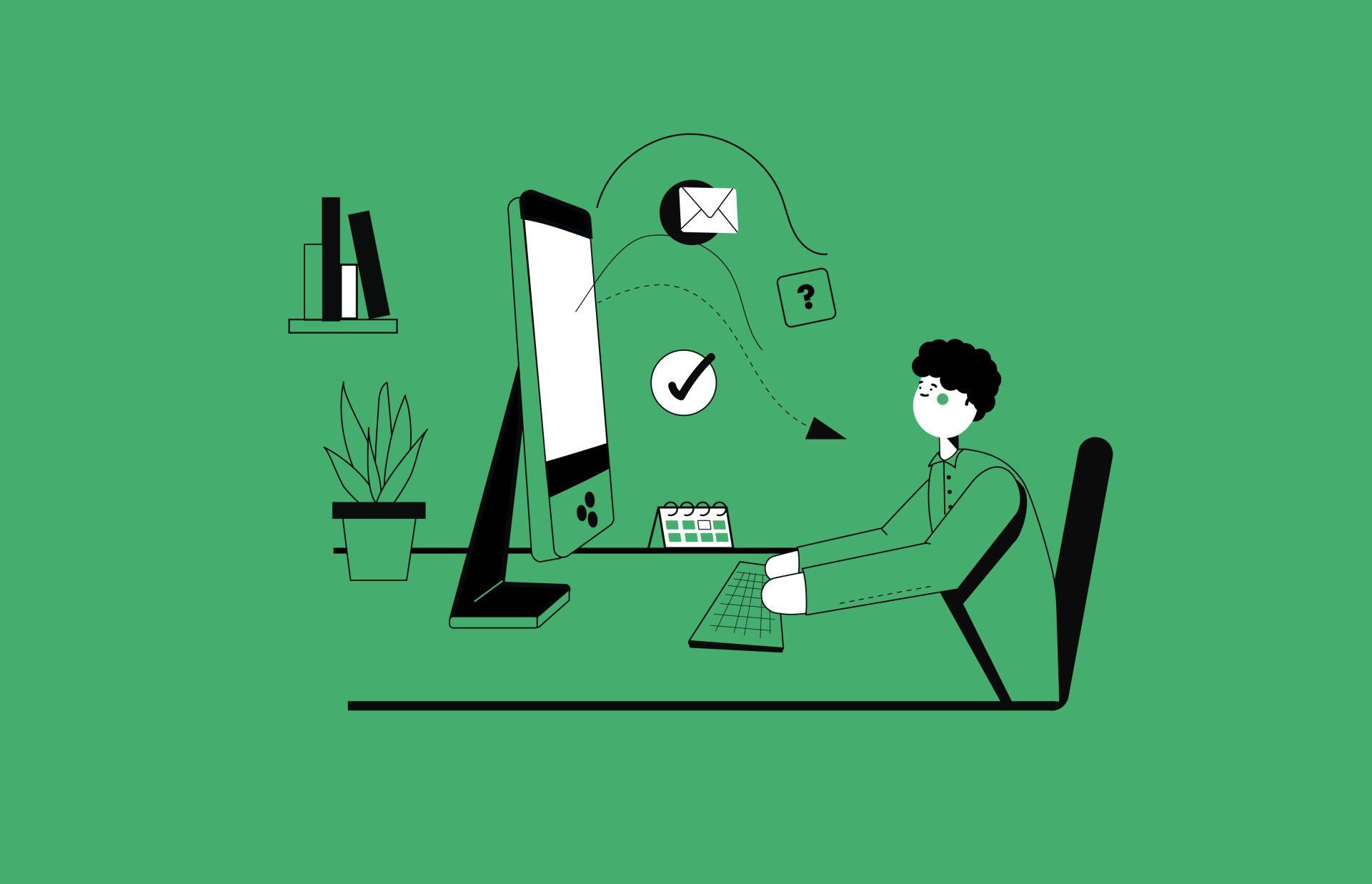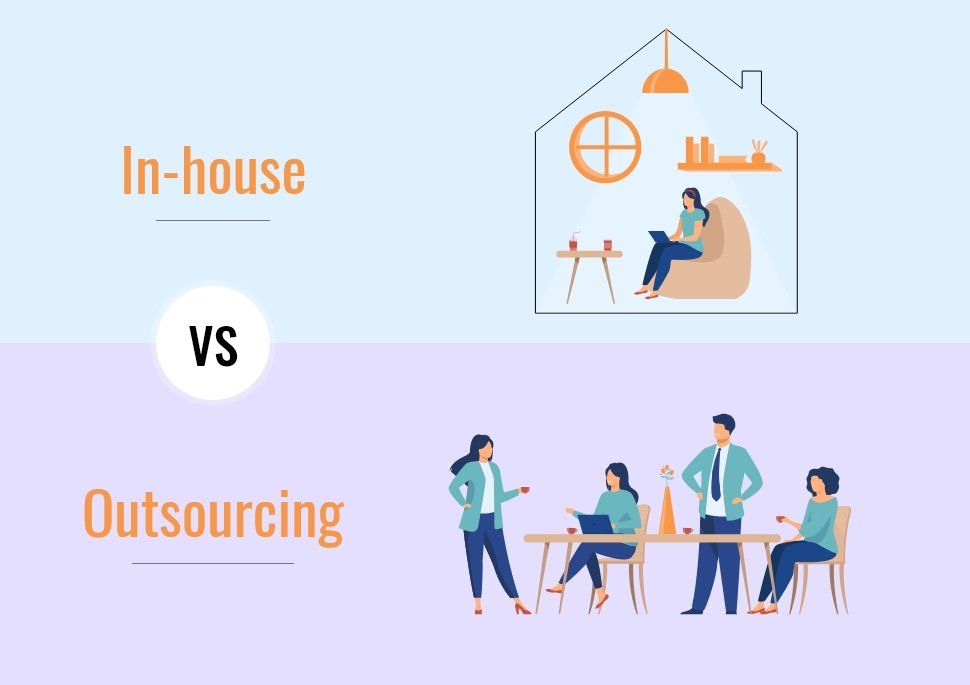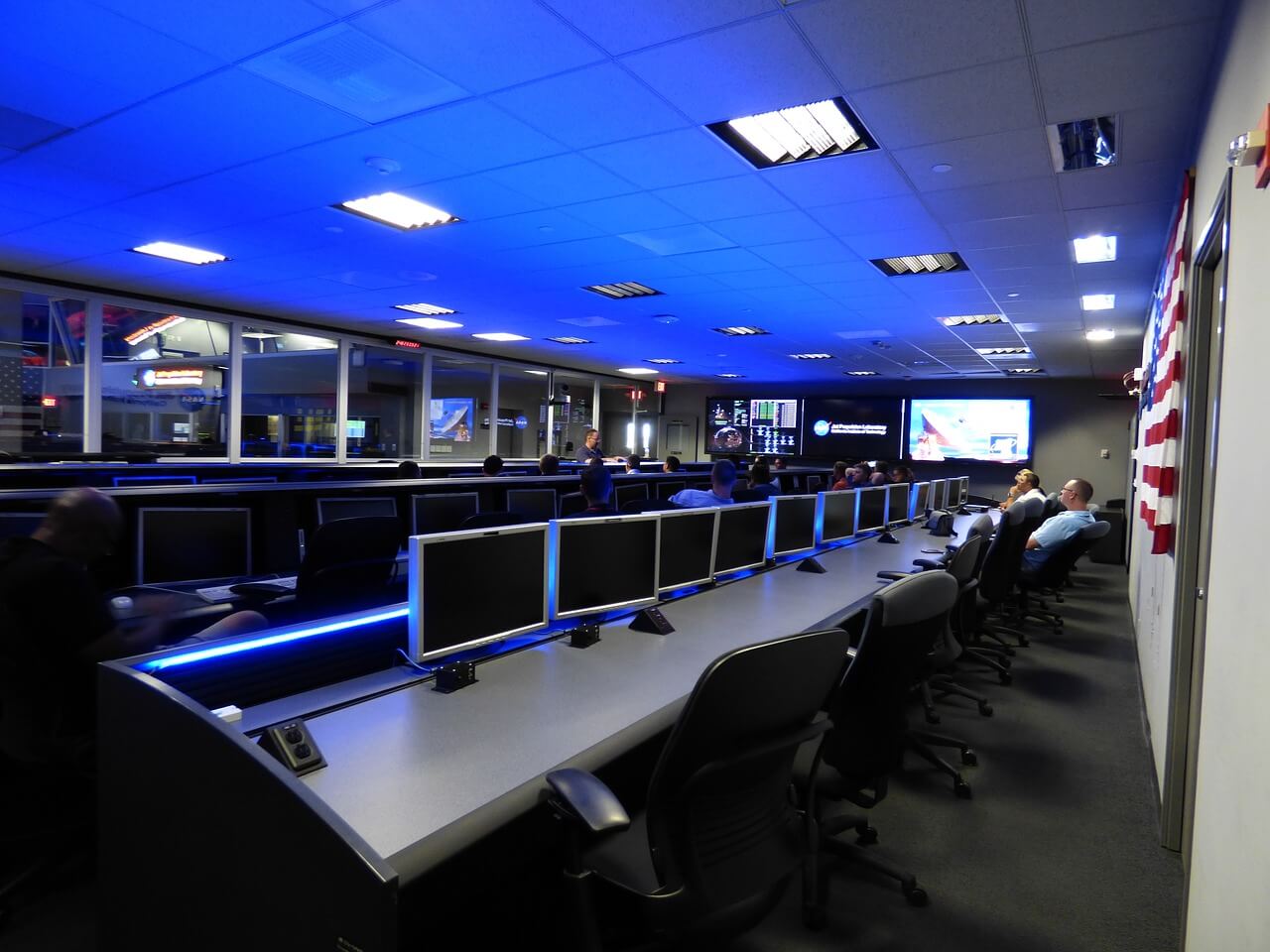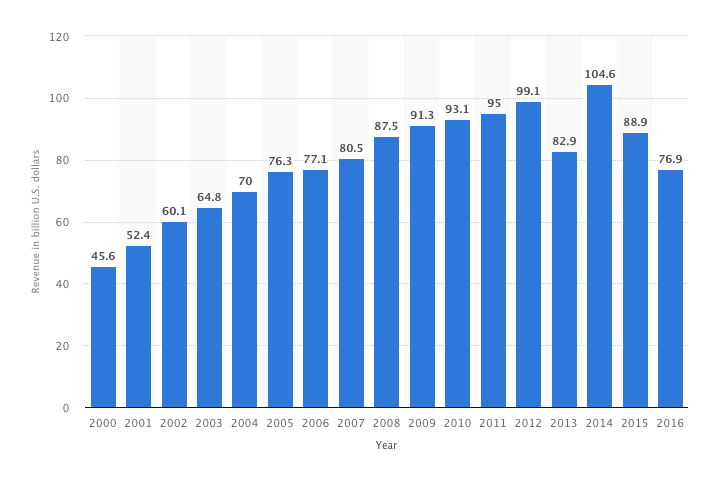Origins of Computer Aided Design
March 26, 2021
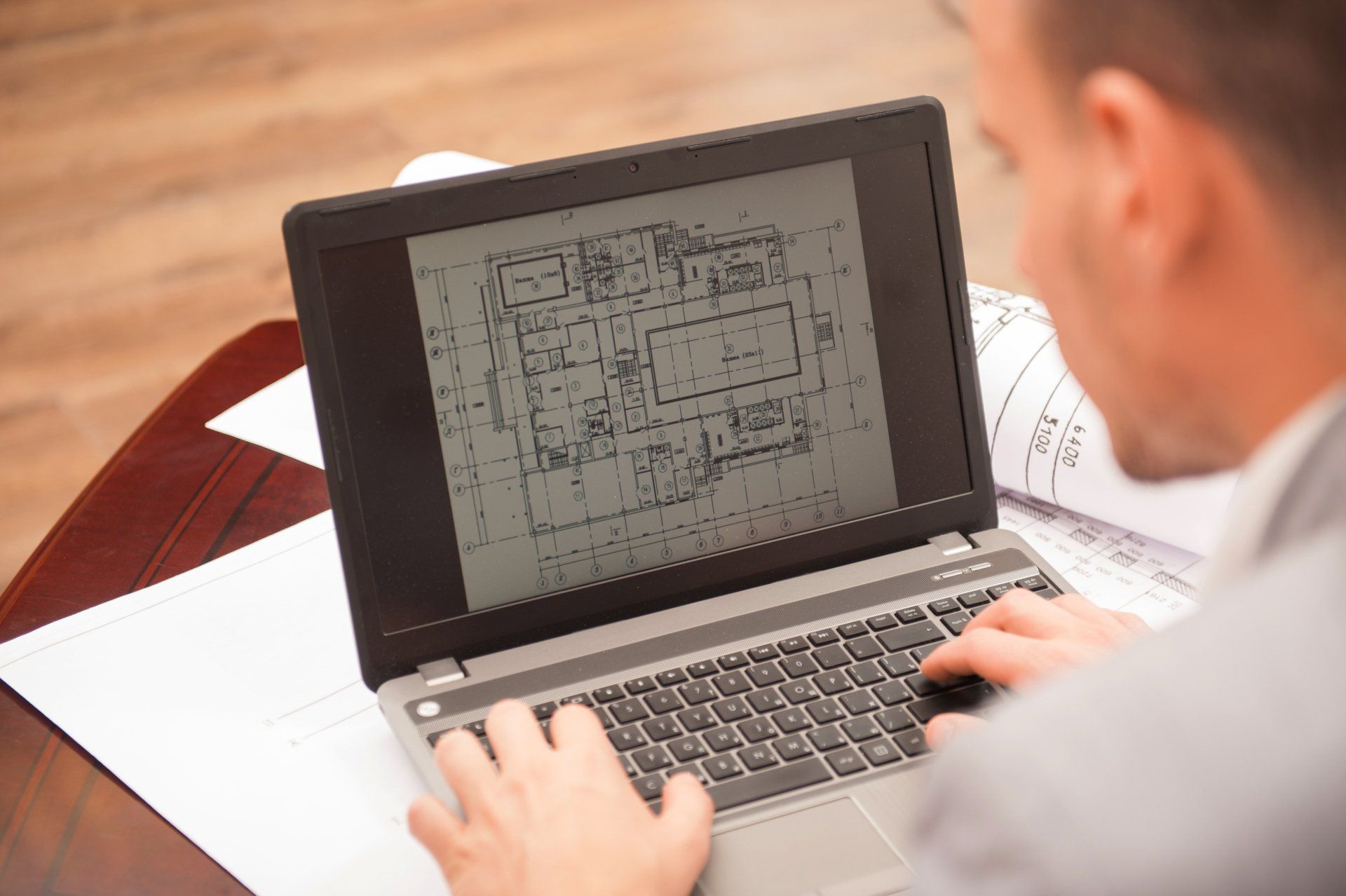
Early Beginnings
In 1961, it was in General Motors Research Laboratorie where Patrick Hanratty helped make the Design Automated by Computer (DAC), which is the first CAD system that made use of graphics as an attempt to remove hand drawn modeling in favor of automation.
However it was in 1963 when Ivan Sutherland was able to make a groundbreaking discovery in modeling and simulation, laying the groundwork for what we now know as CAD. It was his MIT thesis on a man-machine graphical communication system which allowed designers to create engineering drawings on a CRT with the use of a light pen.
The 1960’s was a crucial time for changes in computer graphics with the sketchpad system which changed the game for design. Creating drawings and movable objects through a computer screen became possible, making everything easier. While the CAD system at this point was still in its early stages, the cutting of costs and increase in production proved a great convenience to designers and manufacturers alike. This resulted in the integration of both design and manufacturing, greatly helping companies increase their production and overall scope of work.
Big Changes
During the late 1970’s, the creation of early modelling software allowed designers to use basic geometric shapes in their works. It was during this time that microprocessors gave way to more accessible computers, greatly helping even smaller design firms to expand their operations, causing a surge in design applications. But it was not until the 1980’s that 3D modelling was able to emerge, which eventually became integrated in the new CAD programs available at the time.
In the 1990’s, CAD software was able to run on personal computers, making software such as AutoCAD a staple for designers in various industries. This created a shift in the industry where CAD training became a must for anybody taking up engineering or architecture. Since then, programs have evolved to be more user-friendly and have improved in terms of its modelling and data incorporation.
CAD has greatly evolved since then and has seen many different applications from renderings, 3D printing, prototyping, and simulations. It has also seen an expansion in its type of users not just catering to designers and engineers, but also to researchers, surgeons, and more.
The future of CAD
At present, CAD is focused on automation of different areas of manufacturing and design, greatly optimizing for speed and performance to help designers around the world be able to do more outputs in less time. The rise in Artificial Intelligence (AI) makes automation possible and helps designers anticipate their actions to create a better 3D modelling experience and anticipate any design errors.
With the shift to cloud-based technology, softwares such as CAD have become even more accessible without the need to install the software by adopting a Software-as-a-Service (SAAS) model. This has allowed designers to collaborate and work better with the rest of their teams, allowing more people to work on the same project at the same time.
--
Learn more about CAD and its many applications through USCADD, the low voltage system design and layout service provider. Read through our blogs to find out more.


